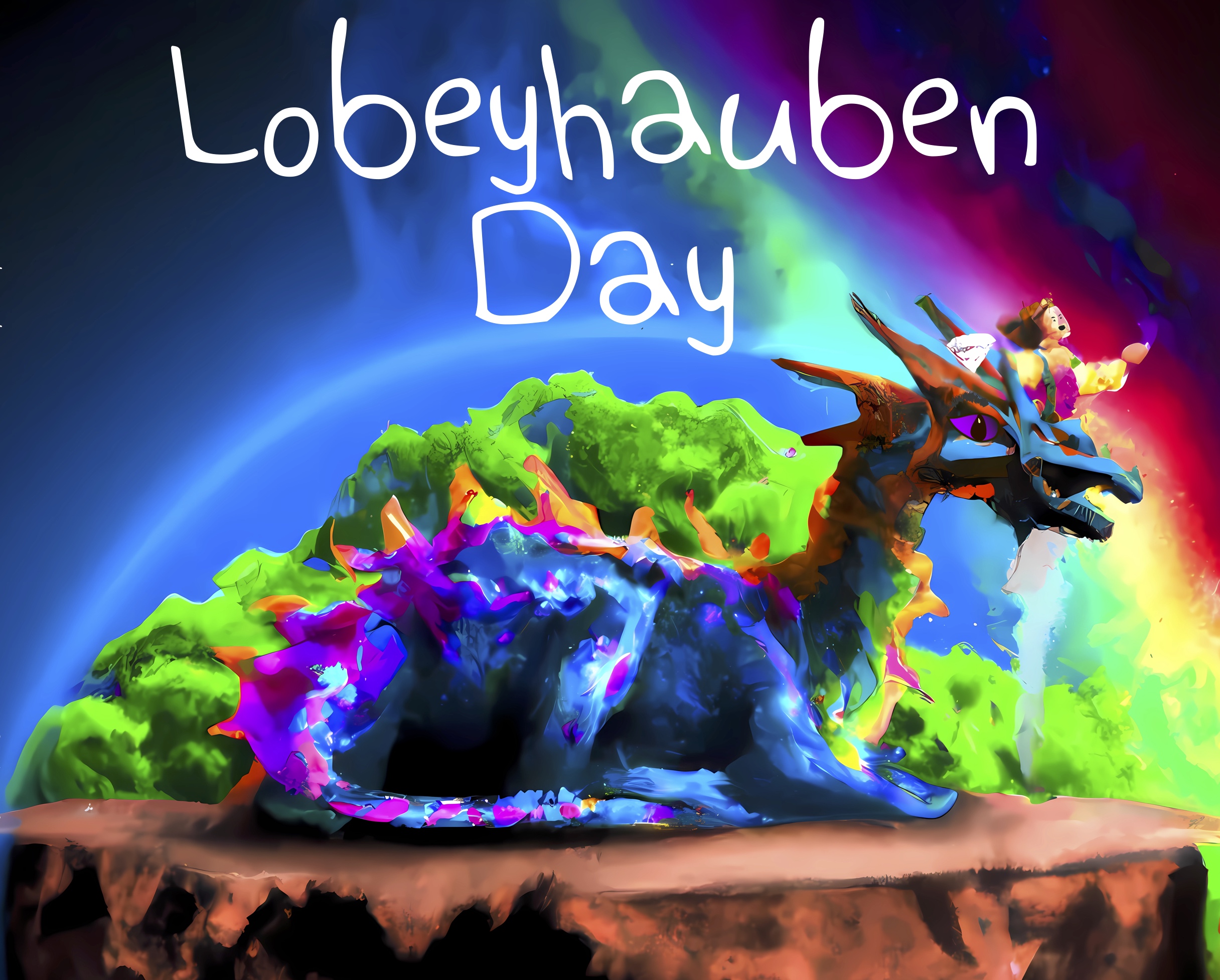For decades, Japan has harnessed its soft power, and the recent collaborations between contemporary Japanese artists like Yayoi Kusama and the global fashion brand Louis Vuitton have sparked a fervent interest from around the world. This rekindled fascination doesn’t stop at contemporary art alone; there’s a remarkable resurgence of admiration for traditional arts, making them a valuable and alluring investment for art collectors.
Among these treasured Japanese art forms, Ukiyo-e, or “pictures of the floating world,” stands out as a true gem. Originating during the Edo period (1603-1868), these captivating woodblock prints offer glimpses into vibrant daily lives, the beauty of nature, legends, and historical events. In this article, we embark on a journey of discovery to explore the contributions of 5 influential Ukiyo-e art masters, whose timeless creations continue to inspire and mesmerise audiences worldwide.
I. Katsushika Hokusai (1760-1849): The Visionary of Ukiyo-e
A true artistic genius, Hokusai’s prolific body of work spans a lifetime and showcases remarkable versatility. His most iconic print, “The Great Wave off Kanagawa,” remains unparalleled in the realm of landscape and nature prints. Hokusai’s ability to capture the power and ever-changing moods of nature speaks volumes of his skill and enduring legacy.
II. Ando Hiroshige (1797-1858): The Poetic Interpreter of Landscapes
Hiroshige’s evocative and poetic landscapes reveal a profound connection between humanity and the natural world. His print series, “One Hundred Famous Views of Edo,” stands as a testament to his mastery of composition and atmosphere, capturing the essence of changing seasons and the tranquil allure of everyday life in Edo (modern-day Tokyo). Hiroshige’s prints continue to be iconic representations of Japanese aesthetics, influencing artistic perspectives to this day.
III. Utagawa Kuniyoshi (1797-1861): Dynamic Warriors and Mythical Realms
Intriguingly dynamic and imaginative, Kuniyoshi transports us to the realm of mythology, warriors, and legendary creatures. His prints depict dramatic scenes of heroic samurai, mythical figures, and supernatural beings. The distinctive use of bold composition and vibrant colors captivates viewers, cementing Kuniyoshi’s enduring popularity.
IV. Tsukioka Yoshitoshi (1839-1892): Emotion and Darkness in Meiji-era Prints
Yoshitoshi’s prints bridge the stylistic gap between traditional Ukiyo-e and the modern Meiji Japan. His works portray historical figures and legends with a unique blend of technical precision and emotional depth. Vivid and sometimes haunting, Yoshitoshi’s imagery reflects Japan’s transition from a feudal to a modernised society, capturing the unease of a nation in flux.
V. Kitagawa Utamaro (1753-1806): A World of Elegance Unveiled
Utamaro’s mastery lies in his refined depictions of women, especially geishas and courtesans. His art captures the subtle grace and emotions of these figures, immersing us in the world of the pleasure quarters. Utamaro’s meticulous attention to detail and delicate compositions render his works instantly recognisable and utterly captivating.
Each of these esteemed artists has left an indelible mark on Japanese art, offering us profound insights into the country’s rich cultural heritage. Let us cherish the hidden beauty of Ukiyo-e and celebrate the enduring legacy of these remarkable masters whose artistic influence resonates globally, enriching art and culture alike.






